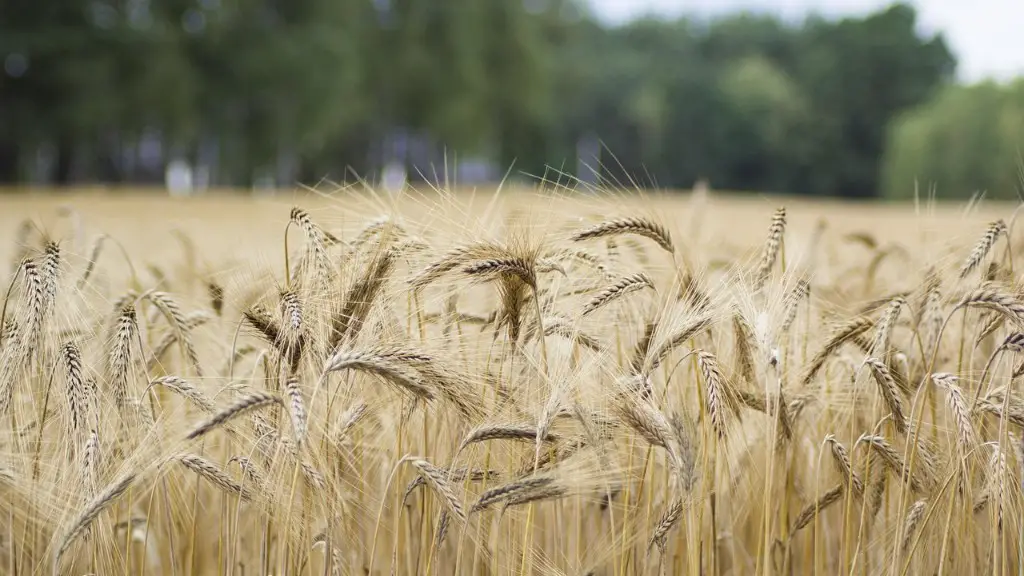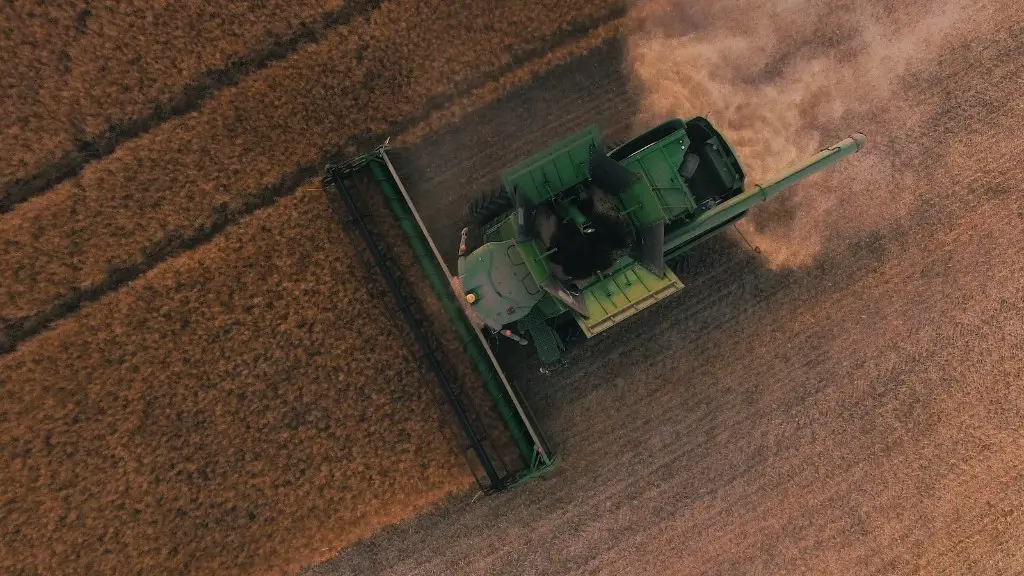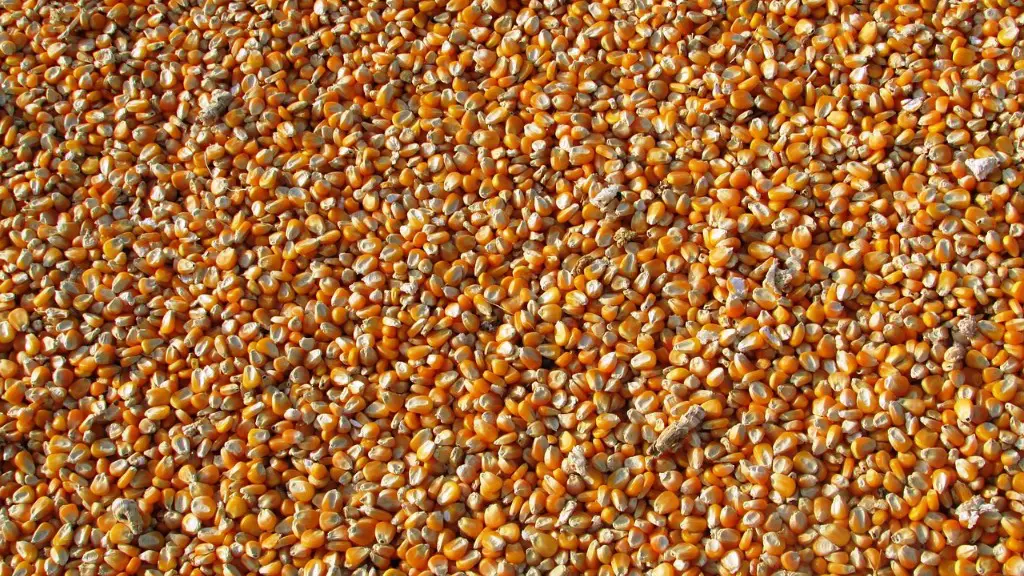Ley farming is an agricultural practice that involves regularly alternating different crops of grass or forage on the same land. The key to success is to grow enough roots that the soil can recover its fertility and continue to support the crops. This practice has a long history and can be improved with the right techniques, allowing the farmer to optimize their production potential. Ley farming helps improve soil structure and reduces erosion, while improving water infiltration and increasing the organic content of the soil.
Ley farming is accomplished by planting two or more crops in rotation, such as legumes and cereal crops. The legumes fix nitrogen, a precious nutrient for crops, while cereal crops make the soil more friable and improve the retention of moisture. The rotation also prevents a deficiency of nitrogen, as leguminous crops transfer much nitrogen to non-leguminous plants.
The benefits of ley farming don’t just affect the soil quality. This practice also improves pest and disease control, as the alternating crops disrupt their life cycles. Moreover, it extends the grazing season for both farm animals and wild animals. This is especially important for farmers who rely on fodder for their livestock.
The process of ley farming usually starts with cultivation. A large field is divided into smaller sections that will be planted with different crops. The sections are then ploughed and planted before the rest of the field is ploughed in the traditional manner. Depending on the fertility of the soil and the type of soil, the duration of the cycle can vary. The coverage of those crops can range from two to three years, with clover and a cereal crop being the two most common components.
It is important to monitor the pH of the soil regularly, as it is important that the new crop is compatible with the current soil. The pH also affects the availability of nutrients and thus the growth of the crop, so monitoring is essential. It is also necessary to monitor the soil’s moisture levels and aeration, as well as ensuring sufficient drainage.
In conclusion, ley farming is a great practice for the improvement of soil quality and crop production. It is important to understand the basics and the benefits of ley farming, in order to ensure the best production results for the farmer. With the right combination of crops, the land can maintain its fertility for years, allowing for a healthy, prolific farm and a successful outcome
Understanding the Process
Ley farming as an agricultural practice is time tested and involves interchanging different crop varieties, most common among these leguminous and cereal crops. Before the process of rotation begins, the large field is divided into smaller sections which are ploughed and planted with separate crop varieties. The farmer then takes into consideration the fertility of the soil, type of soil, and other factors before sowing the seed variety.
Therefore, it is of prime importance that the farmer knows and understands the basics of soil quality and the benefits of ley farming. In this way, one can effectively assess different methods of cultivation and maintain soil fertility for longer durations. Nutrients such as nitrogen, which is a crucial element for crops, is monitored and simultaneously increased and discharged with the help of nitrogen-fixing legumes to ensure an optimal production and outcome.
The rotation cycle and coverage of the ley farming process may vary from two to three years, depending on factors such as weather conditions, soil health, and other natural elements. Monitoring the soil pH, moisture, aeration, and drainage is paramount to maintaining high crop health and production.
Benefits of Ley Farming
When one dives deeper into the pros of ley farming, the analysis is quite insightful due to the multiple benefits that this agricultural practice entails. Starting from improving soil structure, reducing erosion, increasing organic content in the soil, enhancing water infiltration, and pest and disease control, to promoting a better grazing season for both farm and wild animals.
The nitrogen-fixing capacity of leguminous crops has been known to alleviate the crop production output, as it immensely increases the production of soil nutrients which in turn enhance the yield from the land. As a result, soil fertility and moisture are maintained, which helps regenerate scarce resources for intercropping and the growth of other crop varieties.
Ley farming allows the farmer to apply more efficient methods of crop production, as the farming practice utilizes both intensive and extensive methods of crop production without affecting the soil quality and fertility, while retaining the capability to use limited resources more productively.
Farmers who practice ley farming also gain an advantage due to the higher quality of the crop. This type of crop is specifically beneficial to farmers who rely on animal fodder since the period of its availability is extended considerably.
The Drawbacks of Ley Farming
Ley farming, however, also comes with certain disadvantages which must be taken into consideration. Shifting from regular agricultural practices of a single crop to ley farming can prove to be a challenge for some farmers, as this will involve additional machines, manpower, and labor for the same amount of land. Also, the process can be tedious, due to the years that the land may have to lie fallow in order for the soil to regain its fertility. Ley farming has to be undertaken with a proper timeline and strategy in order to ensure optimal prices and troubleshooting.
The cost of seed, nitrogen, and various other elements of ley farming has drastically risen in the past few years, as well as payouts. This could be a setback for some farmers as they will likely have to wait longer for the prices of their crops to increase. Other disadvantages such as the need for careful monitoring can also prove to be a challenge in the long run.
Effects of Climate Change on Ley Farming
The effects of climate change on agriculture are real and evident all over the world, with many individuals and businesses afraid of the repercussions. One of the biggest effects of climate change is on seasonal weather patterns and the impact it has on crop production. The effects of climate change on ley farming have been particularly evident, with rising temperature and an increased frequency of droughts causing disruption in the fertility of soil and water retention.
The major drawback of climate change on this agricultural practice is that it can affect backward and forward rotation schedules in terms of the understanding within ley farming, due to unpredictable weather patterns. Furthermore, this disruption in the rotation patterns can lead to severe damage to the nitrogen-fixing properties of certain plants and erosion in the soil.
Modern Techniques for Ley Farming
Given the increased demand, modern farming techniques have been created to help farmers increase their productivity and overall output. Many of these techniques involve reducing the fertility cycle, as well as improving the quality of soil by carefully monitoring the nitrogen levels and regularly manuring, as well as using the right chemical fertilizers. This helps in the better development of crop roots and helps maintain the fertility of the soil.
Innovative practices such as precision farming and cover cropping have been used to manage pests, weeds, and other agricultural problems. Additionally, intelligent planting strategies, including companion planting and intercropping, can be used to manage nutrient depletion. By utilizing these new farming practices, farmers can reduce their input costs, as well as manage their land more efficiently.
Conclusion
Ley farming is an ancient agricultural technique that has been used for centuries to benefit soil quality, crop production, and pest and disease control. This practice involves the regular rotation of crops, such as legumes and cereal crops, to improve the soil’s fertility and structure. Despite its long-term benefits, ley farming comes with certain pitfalls, including cost and complexity of the process, which can be difficult to manage. To ensure its efficacy, farmers must understand the basics of this practice and monitor closely the soil pH, moisture, aeration, and drainage of the land.




